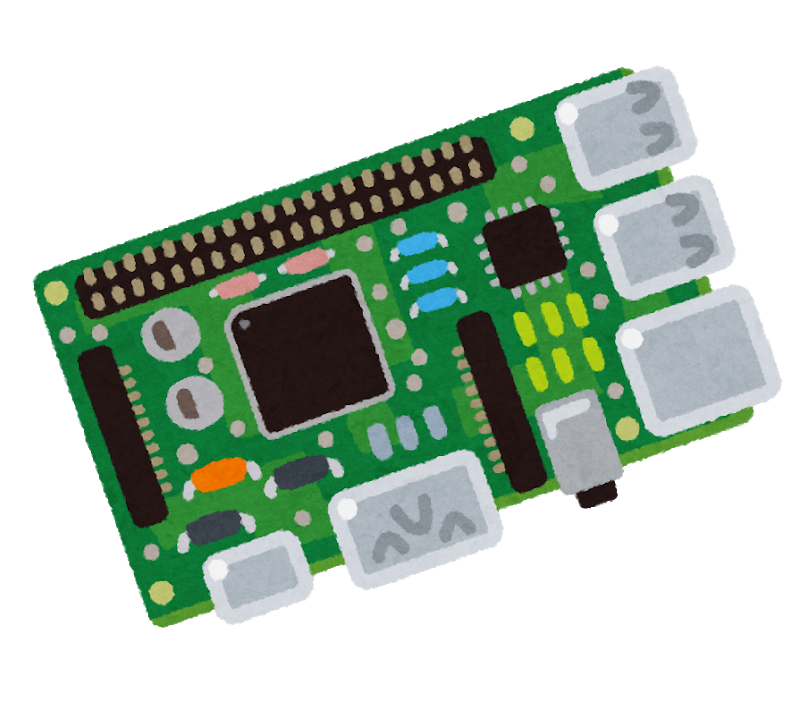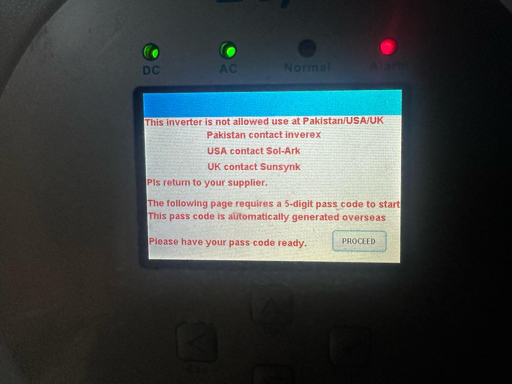Sorry! Added 😊
I run a Mastodon (mammut.gogreenit.net) and PeerTube (pt.gogreenit.net) instances for myself and friends.
I am interested in IT, Electronic Music, Winter Sports, Renewable Energy, Off-Grid living, Sustainability, The Right to Repair and Animal Rights
- 6 Posts
- 28 Comments

 2·21 天前
2·21 天前Yes!
I recently installed @q4os@floss.social on an old laptop that could only run a 32bit OS and a max of 4GB RA, and it’s great. It has up to date packages for Firefox, LibreOffice, Dino (for XMPP), VLC etc
It isn’t my main computer, but it totally could be!

 2·1 个月前
2·1 个月前This had potential: https://github.com/adulau/Forban, and i tried it at a hacker festival soon after it was released, but sadly it is rather rudimentary and hasn’t been updated in over a decade, which is a real shame. I did try and contact the developer years ago with some bug reports, but heard nothing 😢

 1·2 个月前
1·2 个月前Secure connection failed :(

 2·2 个月前
2·2 个月前Absolutely. In a previous company, we migrated from on-site MS Exchange to Google Mail (ugh). Apart from it being a crap experience (it was a new service), and feeling like we were beta testers as things kept changing daily, so writing training material was a PITA, once there was an outage, and even though we had ~10K users on it, they basically said “get in line” when we were chasing for updates etc even though we were a paying customer!
Fuck them.

 1·3 个月前
1·3 个月前“For security, the car’s built-in online connectivity feature has been disabled to prevent remote access” - cool, can normals request that too?

 1·3 个月前
1·3 个月前so not really much of an apology…

 1·3 个月前
1·3 个月前No licence is required for this model. I wouldn’t give away something that needed a shitty licence without mentioning it (but then I probably wouldn’t have taken it for myself in the first place).
I made that mistake with an Infobox device at an auction a few years ago. You can use all functionality for 30 days, then after that you need a licence or NOTHING works and you have to wipe it all and start again. What a pile of shit, I only wanted to play with it and run a few DNS zones.
It’s a shame, I was hoping to learn something from it as they cost a fortune, and usually overkill for what I need, but instead i’m never going to recommend their products. I could open it up and see if I can run Linux on it, but I don’t need yet another device that runs bog-standard Linux - any boring hardware could be used for that purpose. 😞

 1·3 个月前
1·3 个月前Me: “Not enough” My other half: “waay too much!!!”
Most of it is from friends who know me well, tbh, although I will take old wood from skips :)
Not sure how Porn = Terrorism. Sounds like mission creep to me… Oh well, I guess it makes a change from using Anti-Terror laws to stop people putting the wrong things in wheelie bins: https://www.telegraph.co.uk/news/uknews/3333366/Half-of-councils-use-anti-terror-laws-to-spy-on-bin-crimes.html

 2·5 个月前
2·5 个月前Thanks for the update! Good luck with the next server update. Moving services is always stressful :(
One thing I think would be a good addition to your list (maybe step 3 or 4), would be to use a network-wide ad/tracker blocker for your house, as that would protect everyone using your network, as well as devices that you may not be able to install an ad blocker on.
I use PiHole at my gf’s house (https://pi-hole.net/), and Technitium DNS (https://infosec.exchange/@shreyasonline) at my own house, with some generic block lists.
Both are easy to set up, work really well and are very stable.
APC do a really crappy small one for telecoms cabinets, but none for serversI wonder if the lower discharge current capability of LFP batteries is why? That’s the one thing I’ve read fairly consistently about them is that they can’t supply the same high current as lead acids but are otherwise superior in every way. Now that you mention it, the only place I’ve ever really seen LFP UPSs for servers is in the big, central UPSs where they can run batteries in series for a much higher voltage.
I don’t think so. Cheaper batteries have that problem, but a decent brand does not. Check out this one: https://www.powertechsystems.eu/home/products/48v-lithium-ion-battery-pack/48v-105ah-5-38kwh-lithium-ion-battery-pack-powerbrick/ I bought one for my house, and have a 5KW inverter connected to it. Its specifications say that can do 120A drain continuously. I have used it to boil my 3KW kettle a few times in one day (but not often - I usually use the power for other things), and it has been fine.
e.g. most of the LFP UPSs I see max out at 1000 VA where 1500 is more typical for lead-acid UPSs.
That’s just a limitation of the product, not the technology.
There’s an old thread about someone doing it here: https://diysolarforum.com/threads/replace-apc-ups-sla-batteries-with-lithium.25424/ but sadly he doesn’t give any details, or any updates.
It’s wierd. APC do a really crappy small one for telecoms cabinets, but none for servers. I would love to replace my APC batteries with lithium ones.
Let us know what ones you chose in the end.

 3·7 个月前
3·7 个月前Got a link? that name isn’t very unique :(

 3·7 个月前
3·7 个月前I like the MorningStar brand, but they aren’t cheap. I wrote a review here if you’re interested: http://www.gogreenit.net/index.php?page=morningstar-tristar-60a-mppt
I’m not sure what you mean about “alternative process” for updates. In the chart you posted, the US got 466227 updates in 1 day which is about 14 million per month if that happens every day. If they are 100 bytes each (no idea if that is realistic), that’s 1.4GB a month for the whole US. Right now a new map download is something like 1.1GB for California alone. California is the biggest US state (not in terms of land area but certainly in terms of roads) but the whole US might be 10x or 20x bigger.
Sorry, I’m not sure what you mean by that.
I’d say OM is less in need of new features than of getting its existing features working solidly, warts ironed out, etc. The one major feature improvement i could see is getting the voice directions to include street names, but in practice it’s not that important, at least in my usage.
Fair enough
Google Maps has a sometimes useful feature that an offline app like OM can’t possibly get, which is routing and ETA calculations based on realtime road and traffic conditions. I don’t rely on that very often, but on occasion, it really helps. Unfortunately I suspect that much of the traffic data comes from the devices themselves phoning home with their locations, and only Google and Apple have enough devices out there to usefully do that.
Yes, that’s exactly how it works. I get tracked enough without adding my location data, so however useful it is, I can live without it.
I know, but it shouldn’t be like this :(
I don’t mean OM gives me a choice of routes. Rather, say there are two reasonable ways to reach the destination. OM chooses route A, says turn right, ok fine, I turn right. Then after a few seconds, OM changes its mind and wants route B instead. So it says take a U turn and go this other way, oops! But if you do that, it changes its mind AGAIN, and you end up going in circles.
Weird, i’ve never had that happen to me!
Re downloading a subset of the maps: yes I can do that, but then I have to predict which ones I’ll need, just another thing to remember. I have all the California maps installed so that if I suddenly decide to drive to Barstow or something, I don’t have to
Ok, but what’ the alternative process?
figure out which counties I’ll traverse, since they are all already downloaded. What I really want is to download ALL the maps, the whole world, might be 50GB or whatever, but that’s ok, we can buy 2TB microSD cards now. If that download was a one-time event with occasional small updates I could deal with it, but I don’t want to do the whole thing every cycle.
Sure, it’s not as efficient as it could be, but maybe that will change with time. They are pretty good at adding features to it fairly regularly.





😊